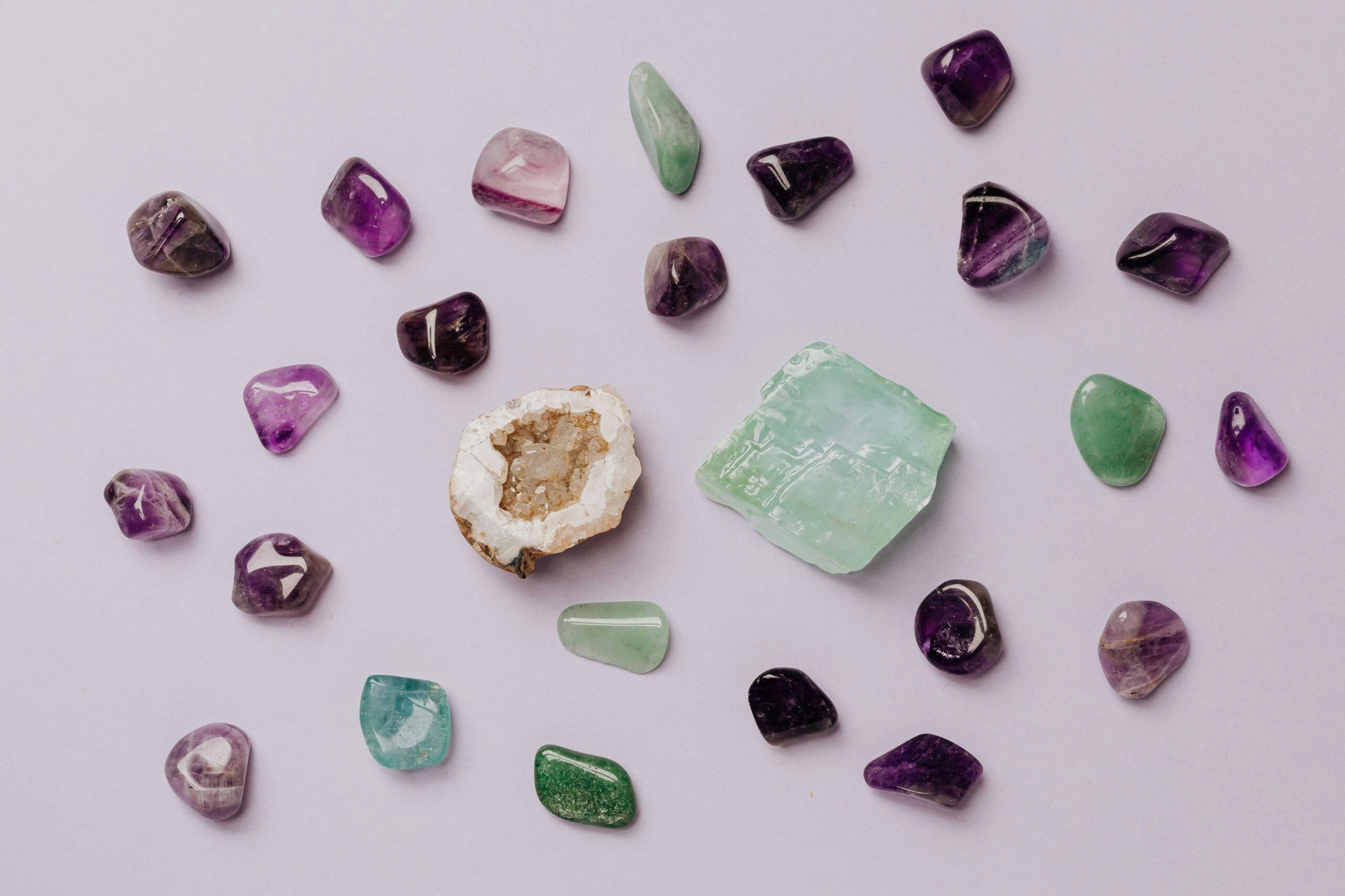Lyriah Jewelry Blog
The Diamond Decoded: Your Ultimate Guide to the 4Cs

Diamonds. They’re the epitome of luxury, the symbol of everlasting love, and a captivating marvel of nature. But navigating the world of diamonds can feel overwhelming. What’s the difference between cut and clarity? How do color and carat affect value? At lyriah, we believe choosing a diamond should be an exciting and informed experience. This ultimate guide will demystify the 4Cs – cut, clarity, color, and carat – providing you with the knowledge to confidently select the perfect diamond that sparkles within your budget and reflects your unique style.
Understanding the 4Cs: The Foundation of Diamond Grading
The 4Cs are the internationally recognized standard for assessing diamond quality and value, established by the Gemological Institute of America (GIA). Mastering these elements will empower you to make an educated decision when purchasing a diamond.
- Cut: The Key to a Diamond’s Brilliance
Often considered the most important of the 4Cs, cut refers to how well a diamond’s facets interact with light. A well-cut diamond will sparkle brilliantly, exhibiting fire (dispersion of light into spectral colors), brilliance (white light reflection), and scintillation (sparkle).
Cut Grades:GIA grades cut on a scale from Excellent to Poor.
- Excellent:Exhibits maximum brilliance, fire, and scintillation.
- Very Good:Offers excellent sparkle at a slightly lower price point.
- Good:Still displays brilliance, but may have some light leakage.
- Fair:Noticeable light leakage and less sparkle.
- Poor:Dull and lifeless, with significant light leakage.
Factors Considered:Cut grading considers proportions, symmetry, and polish.
Tip:Prioritize cut! A well-cut diamond can appear larger and more brilliant than a poorly cut diamond of the same carat weight.
2. Clarity: Examining Internal and External Characteristics
Clarity refers to the absence of inclusions (internal flaws) and blemishes (external imperfections) in a diamond. Most diamonds have some imperfections, but the fewer and less visible they are, the higher the clarity grade.
Clarity Grades:GIA grades clarity on a scale from Flawless (FL) to Included (I3).
- Flawless (FL):No inclusions or blemishes visible under 10x magnification. Extremely rare.
- Internally Flawless (IF):No inclusions visible under 10x magnification, but may have minor blemishes.
- Very, Very Slightly Included (VVS1 and VVS2):Inclusions are very difficult to see under 10x magnification.
- Very Slightly Included (VS1 and VS2):Inclusions are visible under 10x magnification but are considered minor.
- Slightly Included (SI1 and SI2):Inclusions are noticeable under 10x magnification and may affect brilliance.
- Included (I1, I2, and I3):Inclusions are obvious and may significantly affect brilliance and durability.
Tip: Aim for VS1 or VS2 clarity. These offer a good balance of clarity and value, as inclusions are generally not visible to the naked eye. SI1 and SI2 can be good value options, but carefully inspect the diamond to ensure the inclusions don’t impact its beauty.
3. Color: Appreciating the Spectrum
In white diamonds, color refers to the absence of color. The less color a diamond has, the higher its color grade and the more valuable it is (with some exceptions, like fancy colored diamonds).
Color Grades:GIA grades color on a scale from D (colorless) to Z (light yellow or brown).
- D, E, F (Colorless):The rarest and most valuable.
- G, H, I, J (Near Colorless):Excellent value, as they appear colorless to the naked eye, especially when set in jewelry.
- K, L, M (Faint Yellow):May have a slight yellow tint visible to the naked eye.
- N - Z (Light Yellow/Brown):Noticeable color tint.
Tip:Choose a color grade that complements the setting metal. For example, a G or H color diamond looks stunning in a white gold or platinum setting, while a warmer color (I or J) can complement a yellow gold setting.
4. Carat: Understanding Weight, Not Size
Carat refers to a diamond’s weight, not its size. One carat equals 0.2 grams. Larger diamonds are generally rarer and more expensive, but carat weight alone doesn’t determine value.
Consider Proportions:A well-cut diamond of a smaller carat weight can appear larger than a poorly cut diamond with a higher carat weight.
Carat Weight and Price:Diamond prices increase exponentially with carat weight.
Tip:Consider your budget and prioritize cut, clarity, and color before maximizing carat weight. A smaller diamond with excellent cut, clarity, and color will often appear more beautiful and brilliant than a larger diamond with lower grades.
Beyond the 4Cs: Other Factors to Consider
- Diamond Shape:Choose a shape that reflects your personal style. Popular shapes include round brilliant, princess, oval, emerald, pear, and marquise.
- Fluorescence:Some diamonds exhibit fluorescence (glow under ultraviolet light). While it doesn’t always affect appearance, strong fluorescence can sometimes make a diamond appear milky or oily.
- Certification:Always purchase diamonds that are certified by reputable gemological labs like GIA or AGS.
Choosing a diamond is a personal journey. By understanding the 4Cs and considering your individual preferences, you can select a diamond that will be treasured for generations. At lyriah, we’re here to guide you every step of the way.
Do you have any questions about diamonds? Share them in the comments below!





